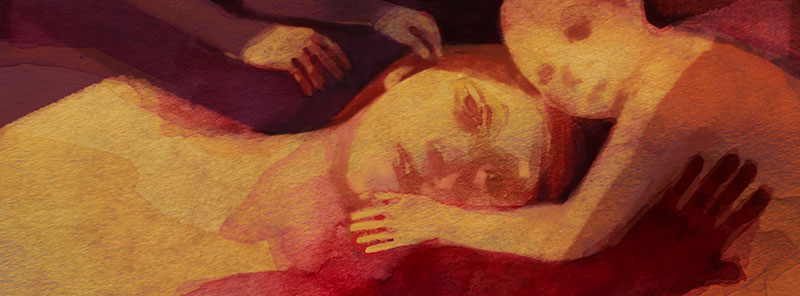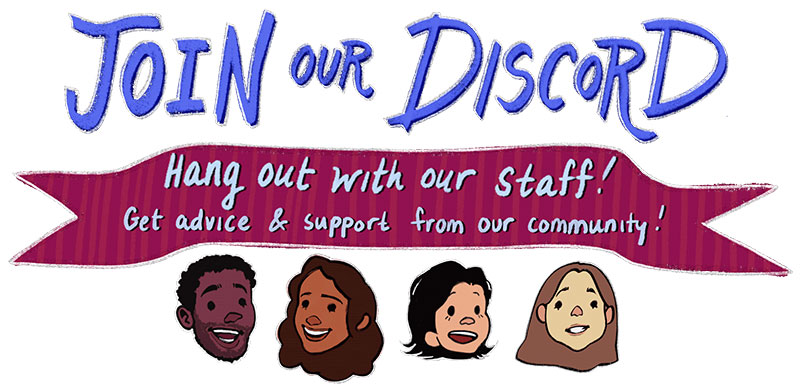This video provides the basics of how artists can use social media to promote their artwork.
- 41 min. video (Why your Instagram isn’t growing)
- 78 min. video

Find out which social media platform is best suited to your needs as a visual artist, and learn concrete strategies which will help you use social media effectively.
Learn about the social media platforms available, and get practical, straightforward advice for how you can best harness these platforms to pursue their career goals. Discussion led by Art Prof Clara Lieu.

Video Walkthrough
- Social media is about what you are doing right now, this week!
- Social media is always changing, it’s tough to stay up to date!
- A large following on social media takes years to build.
- Social media requires a major investment on your part.
- Social media is like a house plant; don’t water it too much, or too little.
- If you’re too aggressive on social media, people will unfollow you.
- Being aware of each platform’s algorithm is helpful.
- On average, aim to post once a week on social media at a minimum.
- Your website does not have to be updated very often.
- Make your captions specific to you and your experience.
- Posting more than once a day has the potential to bother people.
- Facebook is either a personal profile, or a Facebook page.
- Facebook pages aren’t necessary for artists at this point.
- Interaction with your audience is very important on all platforms.
- On Instagram, you can make a private account, or a public account.
- Instagram allows you to be more focused with each account you have.
- Instagram allows you to have 5 accounts.
- The artists on Twitter tend to be in illustration and animation.
- Twitter can be really helpful to research journalists.
- LinkedIn isn’t necessary for artists, it’s okay to have it though.
- Ask yourself who your target audience is on social media.
- There’s a huge generational divide in terms of social media platforms.
- Older adults tend to be on Facebook and Twitter, younger people tend to be on Instagram and Tik Tok.
- Many platforms are associated with specific fields: Twitter tends to be journalists and writers, Pinterest tends to be teachers and crafts.
- Decide in advance where you will draw the line between personal and professional content.
- Consider what is the platform’s greatest “strength,” Instagram is more about photos, Twitter is much more about text.
- Discord is great for discussion, it’s a less competitive environment.
- Platforms have different reaction times; Instagram reactions happen within 24 hours, YouTube it could be anything from 24 hours to years.
- Keep all text captions on social media extremely short.
- People scroll extremely fast when lookin at social media.
- Photographs of your artwork will truly make or break your social media presence.
- 3D artwork is very challenging to shoot.
- Showing scale is very important, especially when selling artwork.
- Showing an artwork with a hand communicates scale quickly.
- Social media is not just about your artwork, you as a person matters.
- Make sure you show your face on your social media, it allows your audience to engage with you more.
- Showing your hands allows for a closer, more intimate photo.
- Show your tools and materials, people love seeing the process!
- If you exhibit your artwork, make sure to shoot photos to share.
- Queue up your images in advance, so you don’t have to start every post from scratch.
- Determine which days you will post, this creates more consistency.
- How to organize carousel posts in Instagram.
- Showing works in progress builds anticipation and provides insight into your artistic process.
- When Instagram introduces a new feature, use it! Instagram will promote posts that use new features.
- Surprise your audience, so your posts don’t all look the same.
- Seasonal posts can resonate well.
- Etiquette for when to tag artists and to provide credit for images, always ask for permission!
- When traveling, include the location of the post, but for safety reasons, don’t post until you have left that location.
- Hashtags can be confusing, try to pick ones that aren’t too generic, but also not too obscure.
- When you don’t have anything new to post, use #throwbackthursday; post an old artwork.
- Captions can be very short, the important thing is that they are personal and not generic.
- The true secret to social media is engagement and interaction.
- People always notice comments!
- Reply to every comment you get.
- Follow artists, galleries, professionals you are interested in.
- Ask your audience very easy questions to engage with them.
- Make sure your Instagram handle is short and easy to remember.
Prof Lieu’s Tips

I generally don’t recommend posting a poorly shot photo, as it can really make or break how your work is received.

You can have a gorgeous painting, but if there is glare on it, the color is inaccurate, a wonderful painting can look really bad! So take your take and take good photos, it’s a really huge difference.
Artists Mentioned




